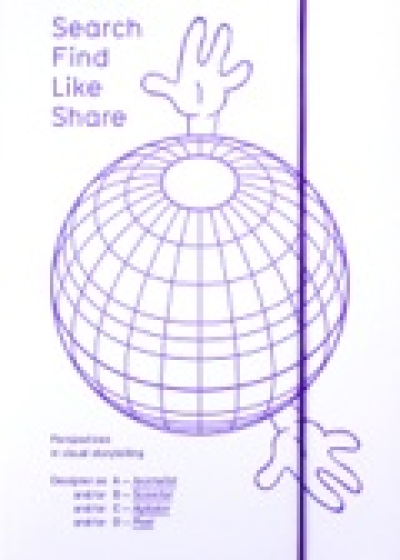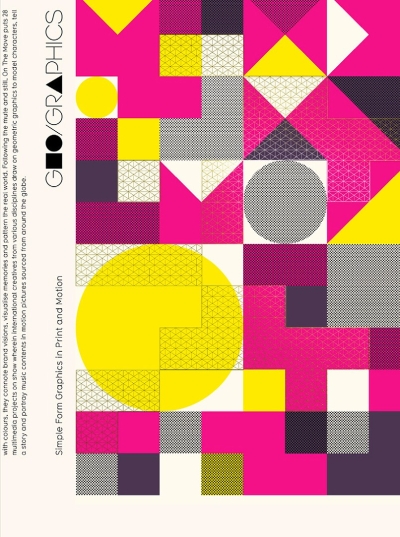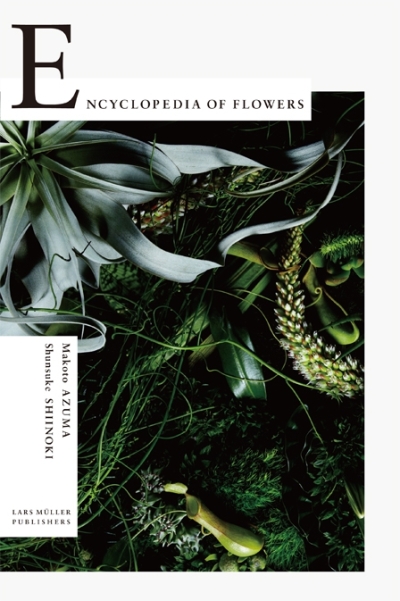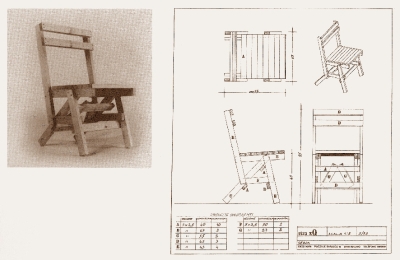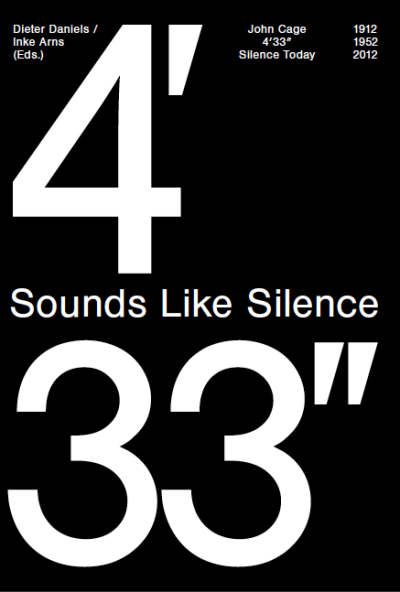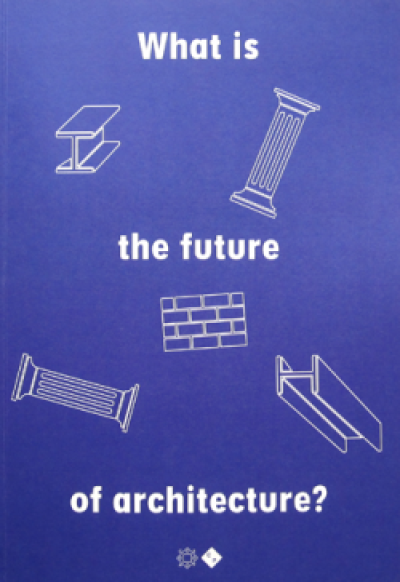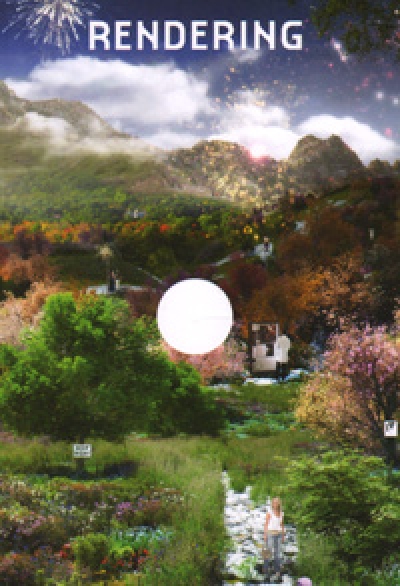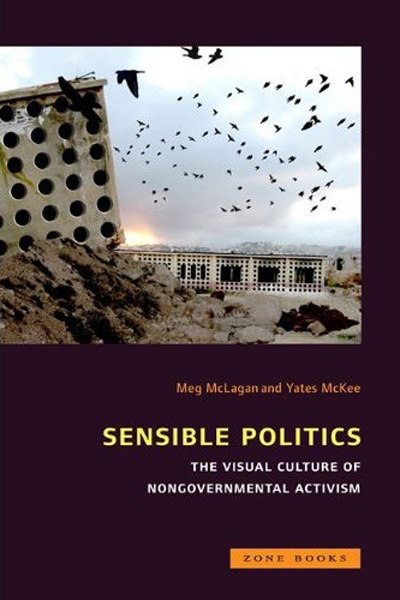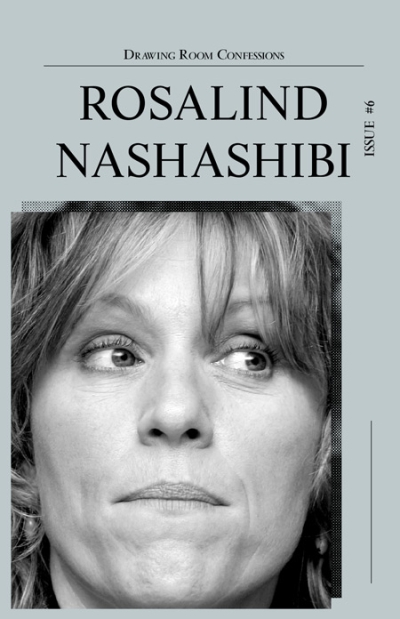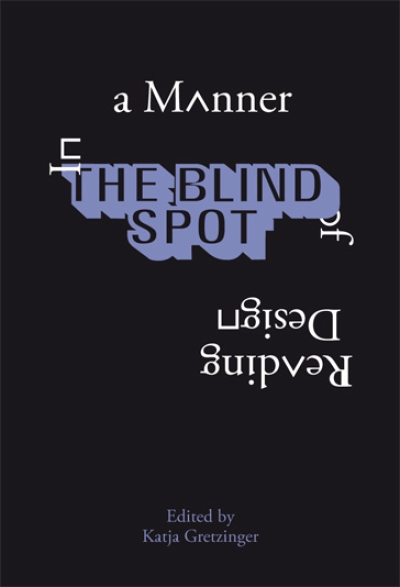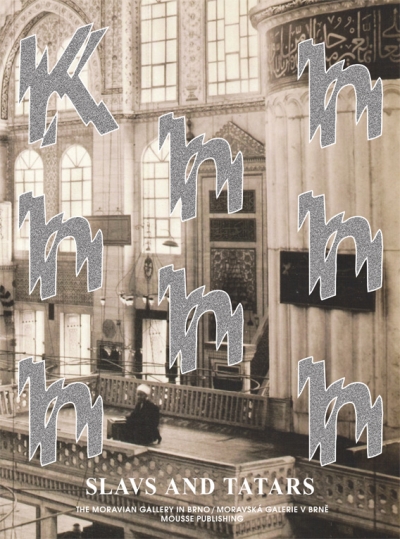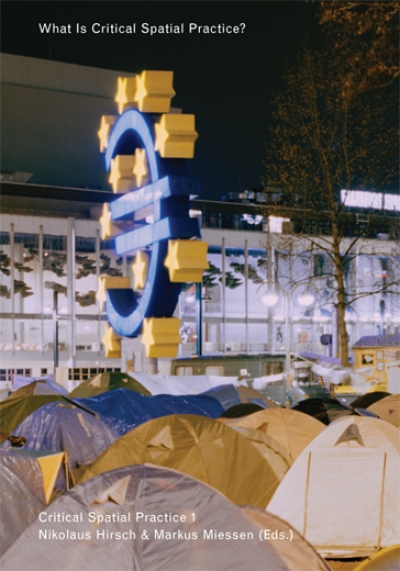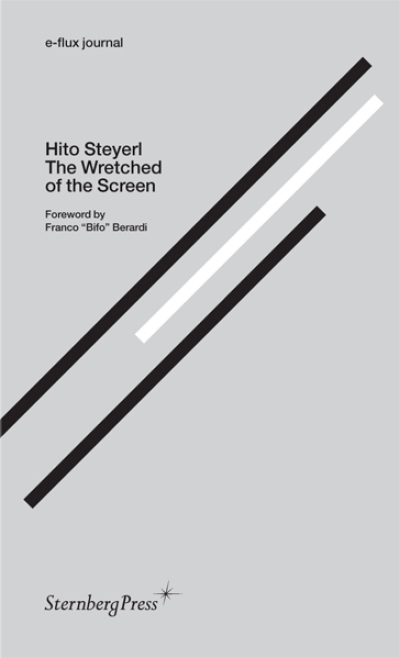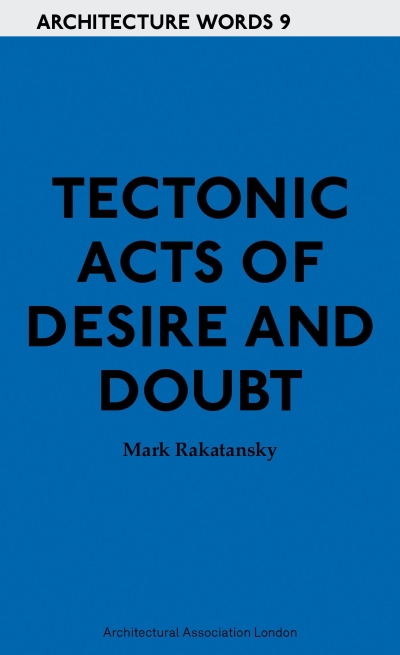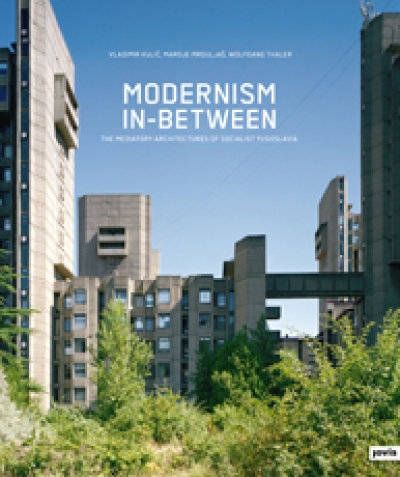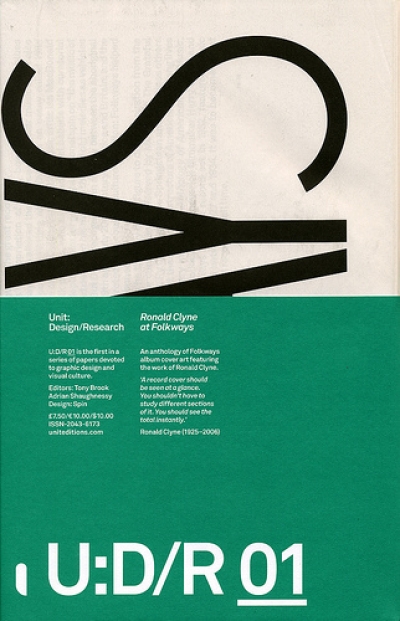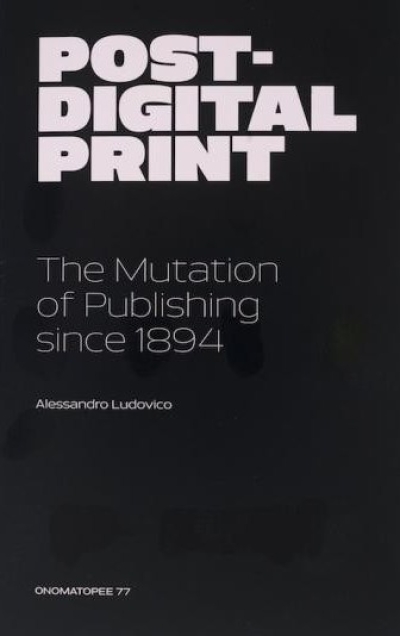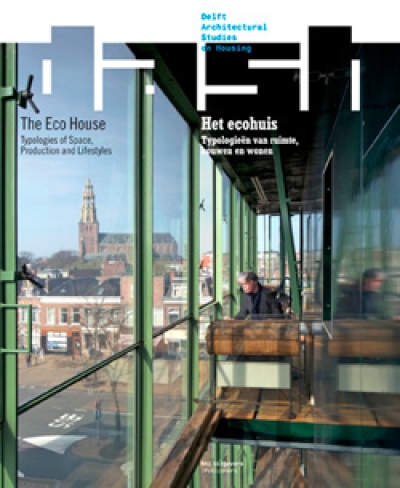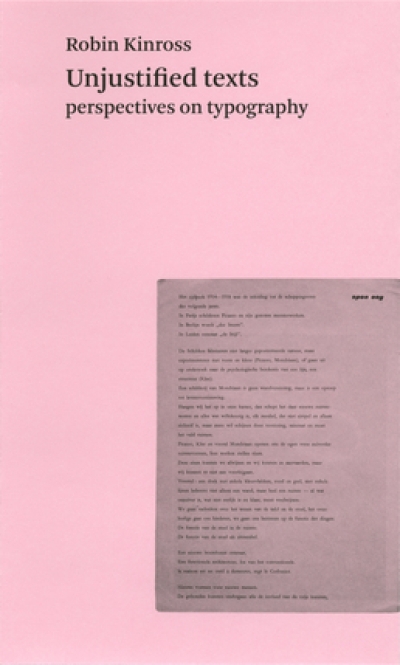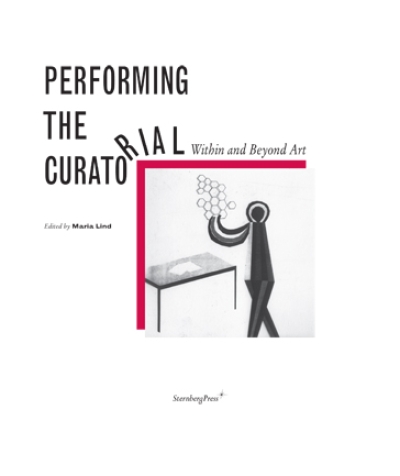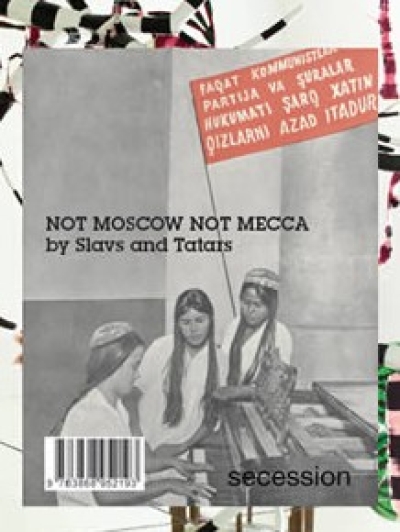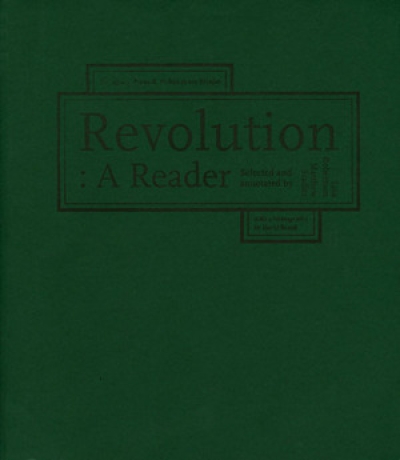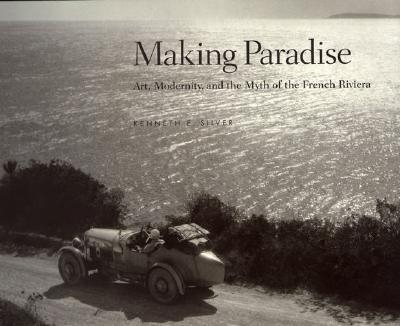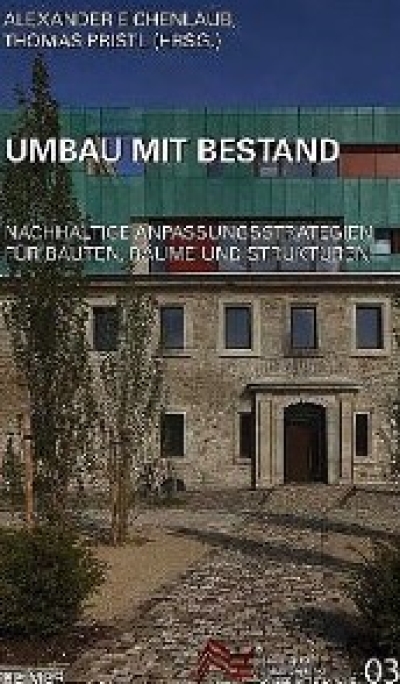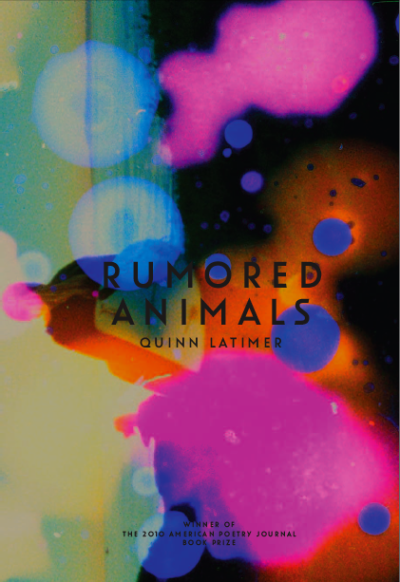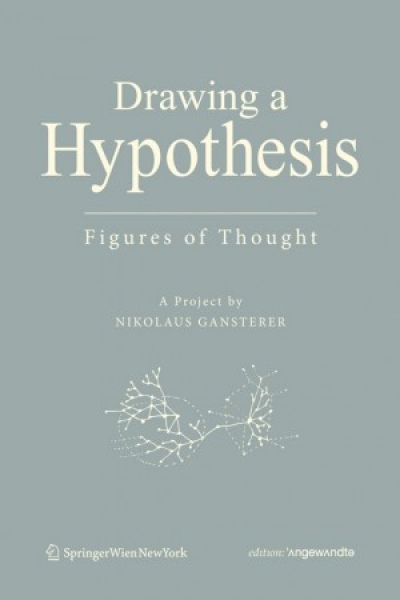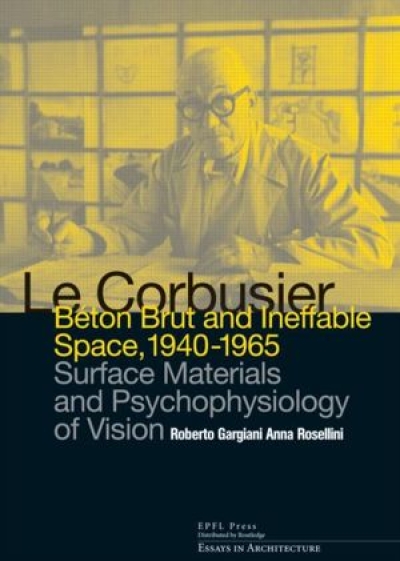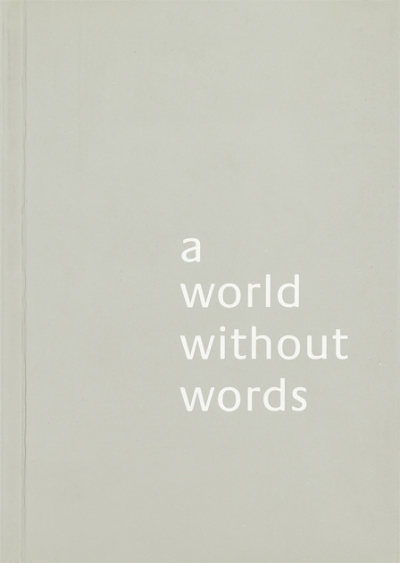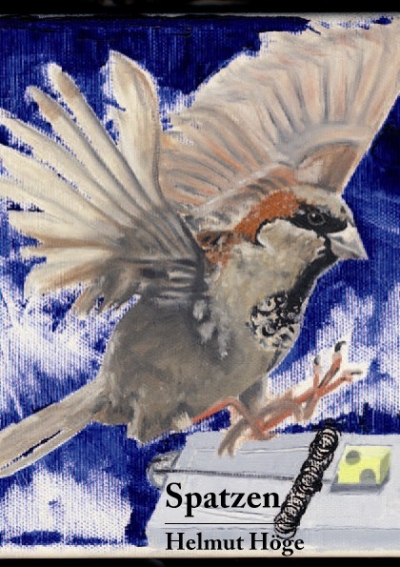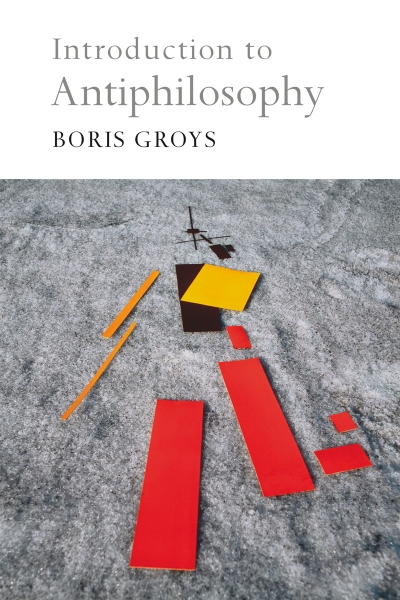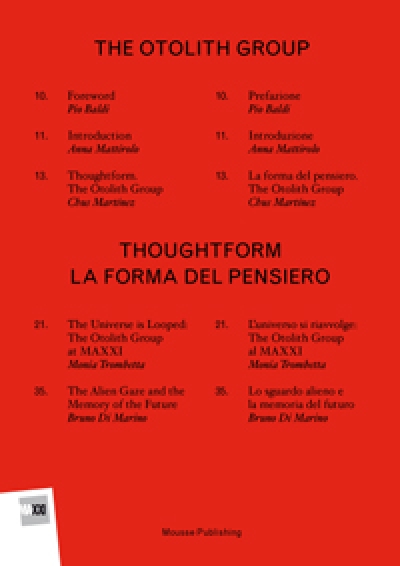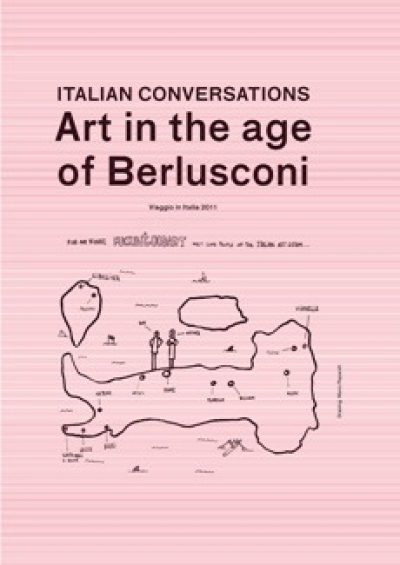
Dreamworld and Catastrophe. The Passing of Mass Utopia in East and West
The dream of the twentieth century was the construction of mass utopia. As the century closes, this dream is being left behind; the belief that industrial modernization can bring about the good society by overcoming material scarcity for all has been challenged by the disintegration of European socialism, capitalist restructuring, and ecological constraints. The larger social vision has given way to private dreams of material happiness and to political cynicism.
Developing the notion of dreamworld as both a poetic description of a collective mental state and an analytical concept, Susan Buck-Morss attempts to come to terms with mass dreamworlds at the moment of their passing. She shows how dreamworlds became dangerous when their energy was used by the structures of power as an instrument of force against the masses. Stressing the similarities between the East and West and using the end of the Cold War as her point of departure, she examines both extremes of mass utopia, dreamworld and catastrophe.
The book is in four parts. "Dreamworlds of Democracy" asks whether collective sovereignty can ever be democratic. "Dreamworlds of History" calls for a rethinking of revolution by political and artistic avant-gardes. "Dreamworlds of Mass Culture" explores the affinities between mass culture's socialist and capitalist forms. An "Afterward" places the book in the historical context of the author's collaboration with a group of Moscow philosophers and artists over the past two tumultuous decades. The book is an experiment in visual culture, using images as philosophy, presenting, literally, a way of seeing the past. Its pictorial narratives rescue historical data that with the end of the Cold War are threatened with oblivion and challenge common conceptions of what this century was all about.
Buck-Morss (The Dialectics of Seeing, 1989) turns her Benjaminian eye on the often surprising convergence of the Western and Soviet utopian imaginaries, to dazzling effect. Reading this book is like receiving a fascinating annotated scrapbook from your really smart friend in Moscow. From 1988 to 1993, Buck-Morss was a visiting scholar there, at what was first called the Institute of Philosophy of the Soviet Academy of Sciences. The fact that, by the end of her tenure, it was known as the Russian Academy of Sciences attests to the ideological turbulence of those years and to the dynamism and relevance of her task. Buck-Morss's previous book was a daring attempt to reverse-engineer Walter Benjamins Paris Arcades Project out of the more than one thousand fragments left behind at his death. If Benjamin's project was, as he put it, "concerned with awakening from the nineteenth century,'' Buck-Morss's current undertaking is a none-too-gentle attempt to shake us out of the nightmare that has been our 20th. The scope of her research, often breathtaking, more than justifies a certain measure of methodological madness: with an irreverent collagist sensibility worthy of the high modernism at issue here, she nimbly leaps from a blackly hilarious and terrifying chronology of the policy decisions surrounding Lenin's embalming, to a mini-history of the figure of the square in avant-garde art on both sides of the Cold War, to a visual pun that compares the architectural sketch for a never-built "Palace of the Supreme Soviets", topped by a monumental Lenin statue, with a film still of King Kong atop the Empire State Building. There's even an early-1990s attempt at "hypertext": scholarly footnotes that threaten to overtake the page. This experiment, however, works less well than those parts of the book that devote themselves to a clear-eyed reading of the visual detritus of mass culture. An ambitious book with the courage to take on the images that complacent post-capitalism might prefer to forget, and the erudition to read them with rigor and wit.
